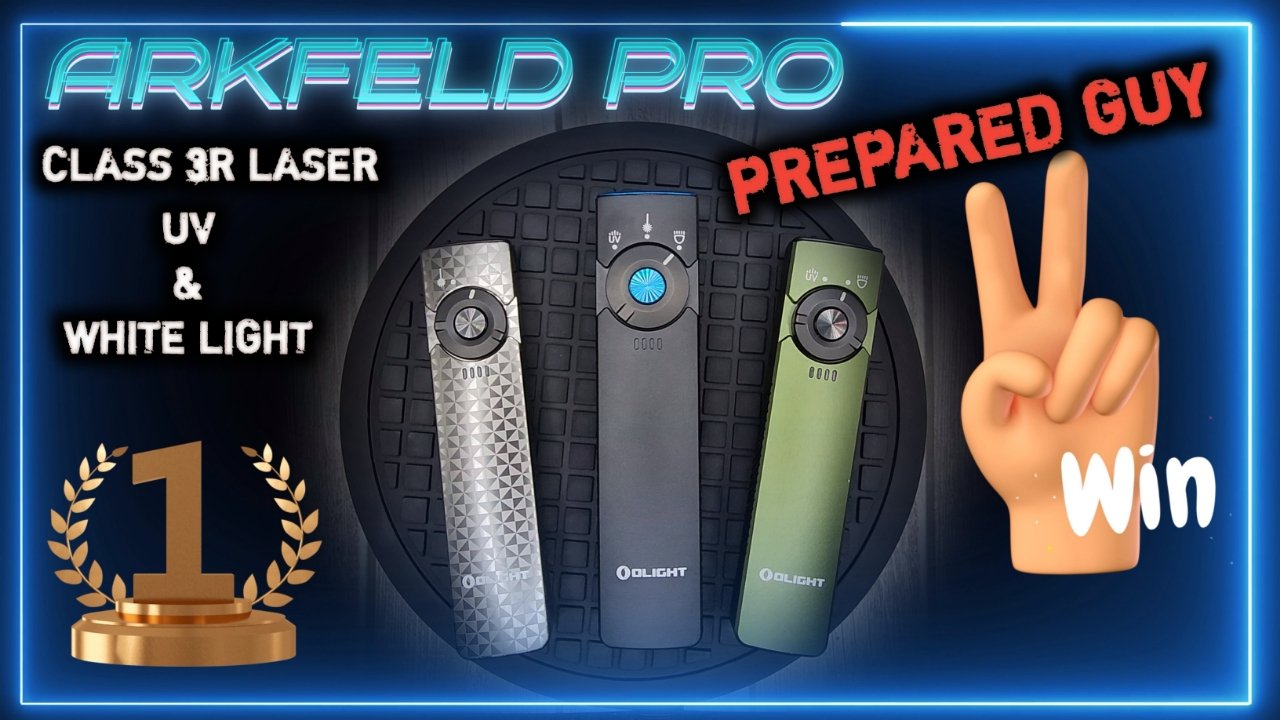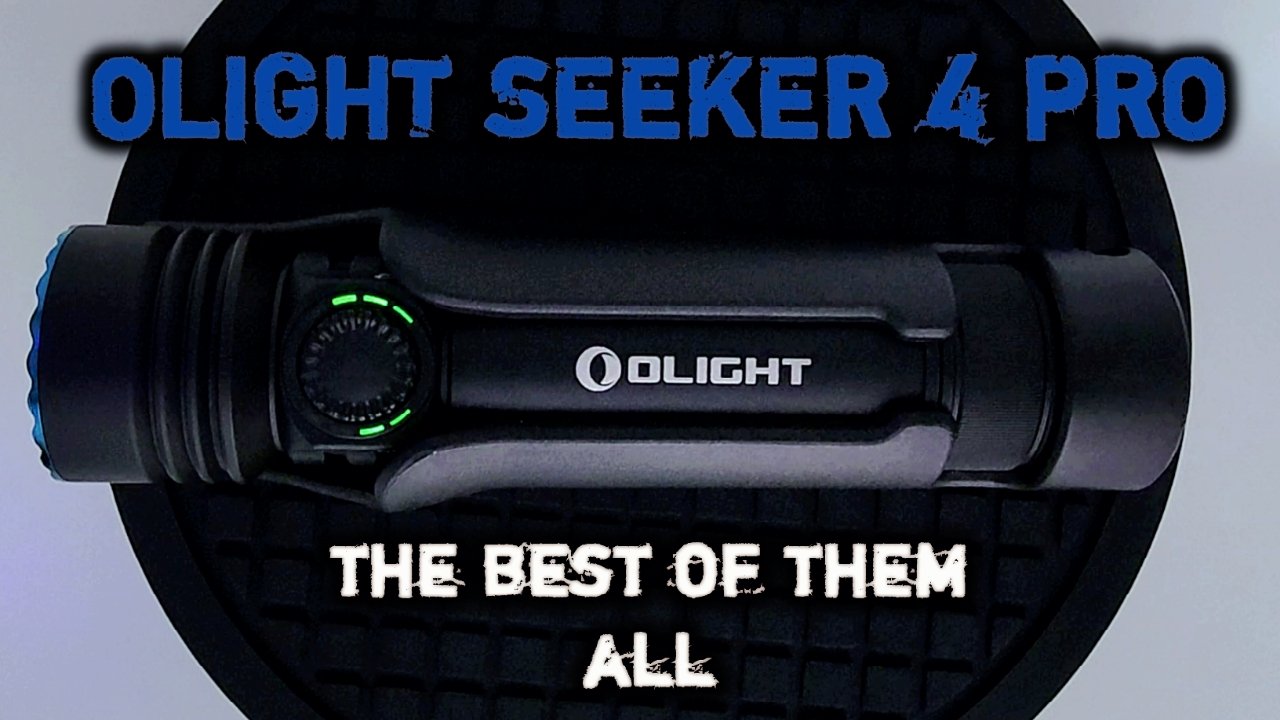Decoding Flashlight Light: Understanding CCT and CRI
/Decoding Flashlight Light: Understanding CCT and CRI
Choosing the right flashlight can feel overwhelming. Beyond lumens and battery life, you'll encounter terms like CCT and CRI. But what do they mean, and why do they matter? Let's shed some light on these concepts and how they influence your flashlight experience.
CCT: The Warmth or Coolness of Light
CCT, or Color Correlated Temperature, describes the "warmth" or "coolness" of a light source. Think of it like a spectrum, measured in Kelvin (K). Lower Kelvin values (around 2700K) produce a warm, yellowish light reminiscent of an incandescent bulb. Higher Kelvin values (around 6500K) create a cooler, bluish-white light similar to daylight.
Why does CCT matter for flashlights?
* Personal Preference: Some people simply prefer the cozy, nostalgic feel of warmer light, while others find cooler light brighter and more modern.
* Application: Different CCTs excel in different scenarios. Warmer light is often favored indoors for a comfortable ambiance, while cooler light can be better for outdoor activities where clarity and contrast are crucial.
* Environment: The surrounding environment can influence your preference. In natural settings, warmer light might blend in better, while in urban areas, cooler light can be more effective.
* Perceived Brightness: Cooler light can sometimes appear brighter to the human eye, even if the actual light output is the same as a warmer light source.
* Tactical Use: Cool white tints are often used in self-defense or tactical scenarios. The cool white light can disrupt vision, especially when used with a strobe function.
* Everyday Carry: Warmer white tints are generally preferred for everyday carry flashlights due to their comfortable and versatile light.
CRI: How Accurate are the Colors?
CRI, or Color Rendering Index, measures how accurately a light source reveals colors compared to natural sunlight. It's a scale from 0 to 100, with higher scores indicating better color accuracy.
Why is CRI important in flashlights?
* Color Accuracy: High CRI flashlights are essential for tasks where accurate color identification is vital, such as art, photography, or inspections. They allow you to distinguish subtle color differences.
* Detail and Contrast: Higher CRI can enhance the perception of detail and contrast, making objects appear sharper and more defined.
* Aesthetics: Many find high CRI light more pleasing as it makes colors appear more vibrant and natural.
* Trade-offs: High CRI LEDs often come with a higher price tag and might be less energy-efficient than lower CRI options. For general-purpose flashlights where extreme color accuracy isn't a priority, manufacturers might opt for lower CRI to keep costs down and maximize battery life.
* The Best of Both Worlds: High CRI tints are often considered the best overall, as they provide accurate color rendering while still offering a variety of CCT options.
Choosing the Right Flashlight for You
Ultimately, the best CCT and CRI for your flashlight depend on your specific needs and preferences.
* For general indoor use or creating a warm atmosphere: Look for lower CCTs (around 2700K-3500K) and consider a higher CRI if color accuracy is important.
* For outdoor activities, tasks requiring clarity, or when perceived brightness is key: Higher CCTs (around 5000K-6500K) might be preferable. Consider the CRI based on whether color accuracy is crucial for your activity.
By understanding CCT and CRI, you can make a more informed decision when selecting your next flashlight, ensuring it not only illuminates your path but also renders the world around you in the best possible light.












